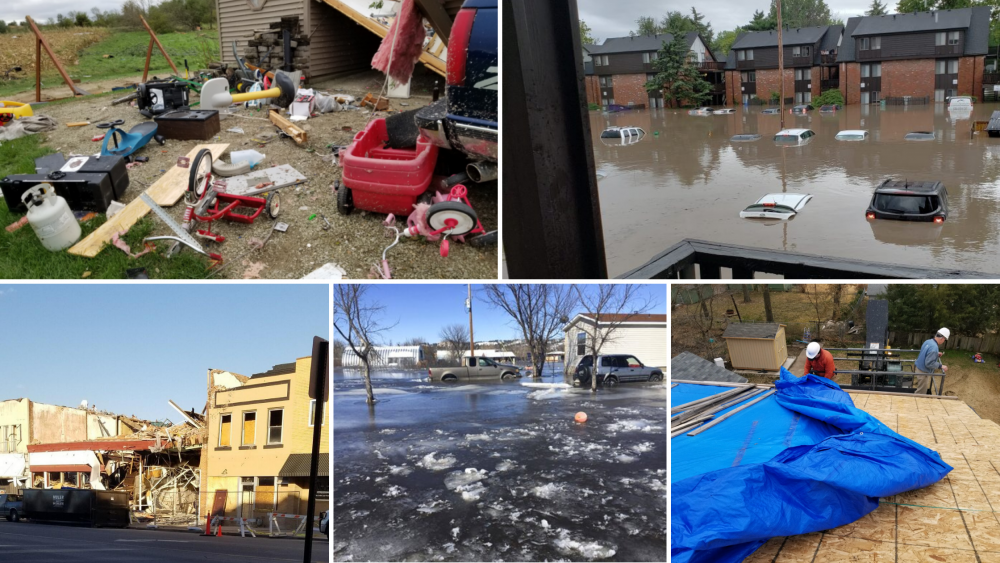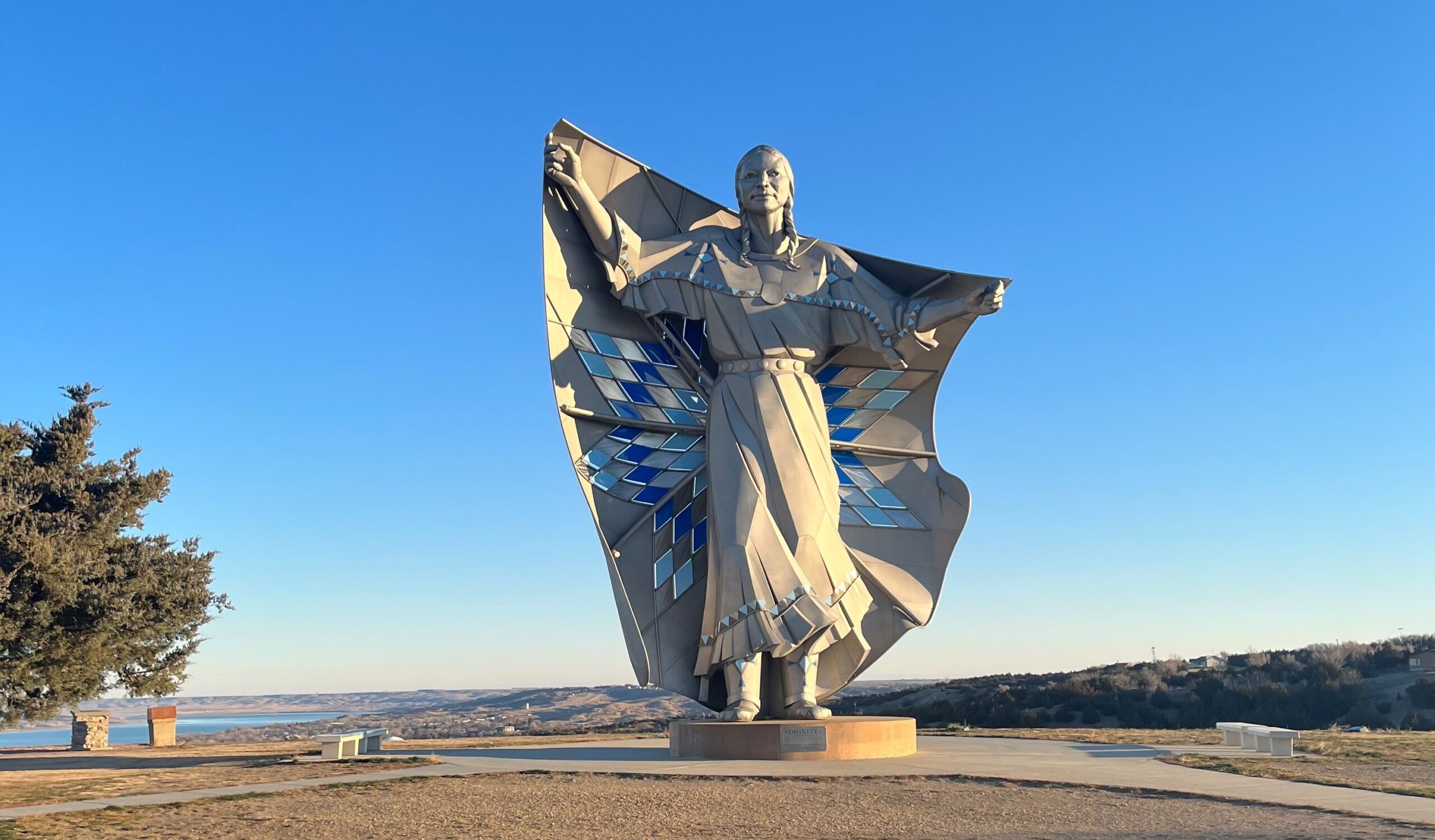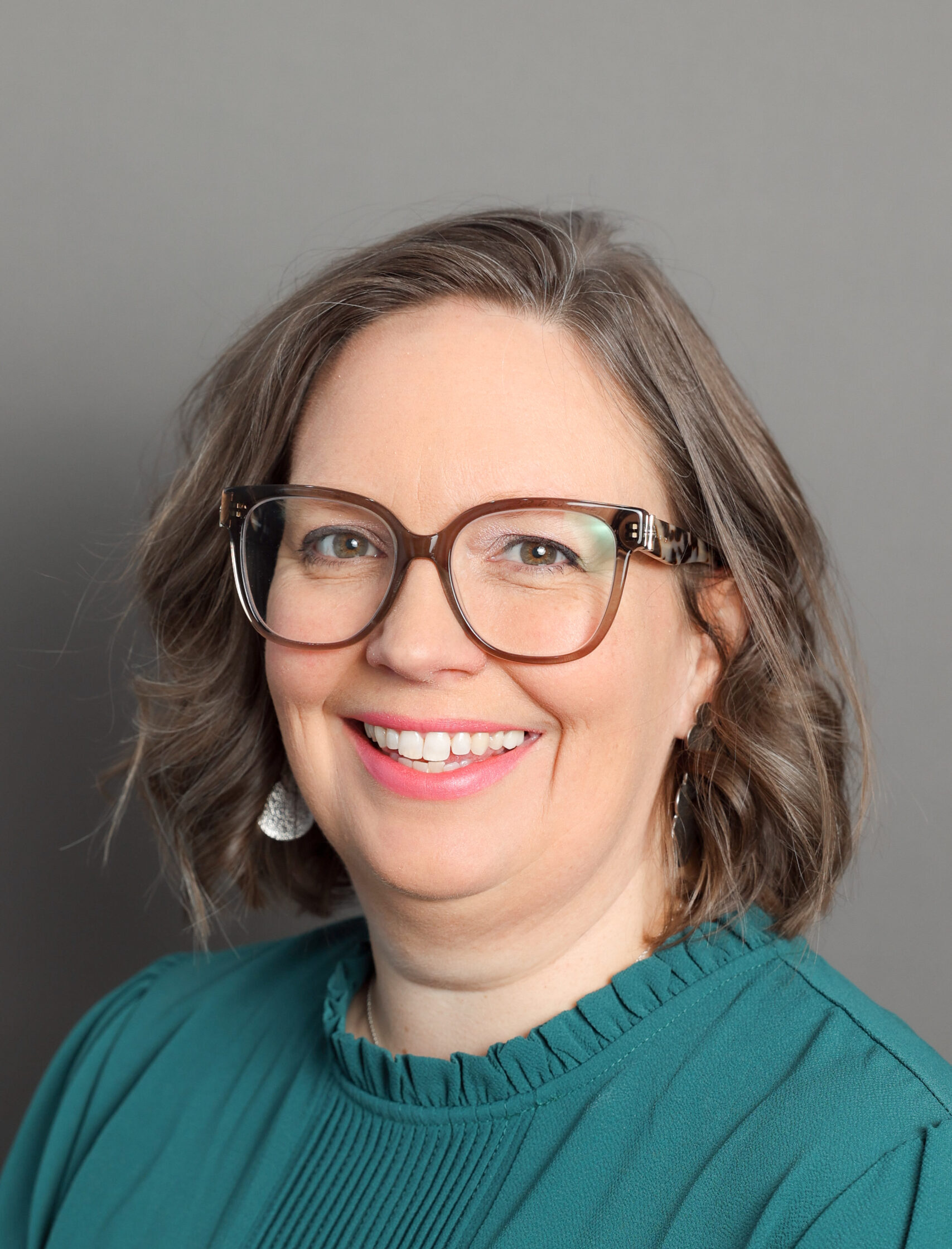Lessons in data-driven disaster recovery
There are as many understandings of needs assessment in the context of disaster recovery as there are disaster-impacted communities. In some way, a needs assessment can be defined simply as a means of determining needs that includes collecting, analyzing and utilizing information and data to prioritize the strategies for moving forward. The Midwest Early Recovery […]

There are as many understandings of needs assessment in the context of disaster recovery as there are disaster-impacted communities. In some way, a needs assessment can be defined simply as a means of determining needs that includes collecting, analyzing and utilizing information and data to prioritize the strategies for moving forward.
The Midwest Early Recovery Fund team has been “qualifying” disasters, step one of the clipboard grantmaking process, since the program began. As the program developed, a need for a more robust data collection system and framework became apparent. We set out with this idea: Imagine if we had accurate, timely information about low-attention disasters to make better data-driven decisions. And what if we could consistently provide that data to our audiences as they make decisions and engage in recovery?
We started with stakeholder interviews with communities, disaster recovery professionals, community foundations and a variety of others. We asked: What information do you wish you had as you make post-disaster decisions? What information do you already collect? How is information shared and coordinated?
IP3 partnership
We analyzed needs assessment systems and data platforms already in existence, and we examined current processes and needs. We designed and refined until we had a solid method, which included some intense spreadsheets to collect and analyze data.
The next goal was to integrate all our discoveries and design a process that allows us to efficiently collect and analyze data and then share visuals and reports with our various audiences. The learning and initial project designs led to engaging an expert thought partner to assist with data sourcing and creating these tools.
When I first met with the team at the Institute for People, Place and Possibility (IP3) in Columbia, Missouri, I knew that we had found something special. If you have a moment, I highly encourage you to check out their Community Commons and Data Frameworks. See what they say about our collaboration here.
With their guidance, we refined our list of indicators with underlying data points that help us understand the disaster-impacted area and identify and prioritize post-disaster recovery challenges. These indicators fall into three categories: Vulnerability, Impact and Capacity. They allow us to spotlight the pre-existing disparities that are barriers to equitable disaster recovery, the immediate “seen” impact of the disaster on the community, and the potential gaps in capacity or ability for a community to recover independently.
Together, the Center for Disaster Philanthropy (CDP) and IP3 created several tools, including community description reports, disaster impact studies and story-telling platforms. The Midwest Early Recovery Fund team uses these tools for decision-making, gut-checking assumptions and engaging with other potential partners and funders in support of communities recovering from low-attention disasters. These tools and resources are available to community partners, donors and other stakeholders as part of the Fund’s evolving technical assistance programming.
Data-related concerns and solutions:
Through our work with IP3, I discovered data gaps and issues that we wanted to solve for our regional communities:
- Data Ownership & Sharing:
After a disaster, community-level, non-personally-identifying aggregate data can be hard to come by. I’ve worked with countless communities that can provide very little data about who was impacted (i.e., how many homes were damaged and how many people live in those homes) and the collective community needs.Often, communities wait for someone else to collect and provide the information. There are times when someone refuses to share the data. Sometimes government agencies or nonprofit groups come to a community for the response phase after a disaster, collect data and do not have a mechanism to leave the information with the community.Because of this, we created an Individual & Household Survey tool and a community guide for collecting, owning and sharing information about disaster impact that will help them develop resources for recovery. - Data Burden:
Funders often request a lot of information about demographics, disaster impact and community challenges that can be difficult for smaller, under-resourced communities or organizations to find and provide. We work to provide that data to/for our grantees so that CDP can bear the burden of secondary data collection as much as possible.We provide grantees with our community description reports that include demographics and indicators as a data source for additional resource development requests. There are also many tools available online. We also curate a small resource list of reliable platforms and tools for our grantees and partners. - Equity-Centered Approach:
We acknowledge that there are groups in our communities that are not counted or are missed in government data sets such as the Census Native Americans, undocumented immigrants and other marginalized populations are often without voice or representation in the data sets we use. As Louis Lief noted in an article of the Stanford Social Innovation Review, “The National Congress of American Indians even described American Native communities as ‘The Asterisk Nation’ because in many government data sets they are represented only by an asterisk denoting sampling errors instead of data points.”Recognizing these gaps and the history of marginalization, we seek partnership and relationship with local leaders and service providers from these groups to provide context and interpretation and to define the narrative and solutions.
Our new tools and resources are exciting, and we’d love to share them with you. Over time, we will be better able to tell the Midwest Early Recovery Fund’s story and advocate for community needs in low-attention disasters. The data will help us check assumptions, give context for conversations and identify post-disaster needs. We continue to study, analyze and compare information from multiple sources, but in the end, the relationships and the local story drive the decisions and solutions.
If you’d like to have a conversation about data or view any of our Early Recovery Needs Assessment tools or reports, I would be excited to connect with you.
More like this

Inviting grace into the room: Updates from the Midwest Early Recovery Fund

